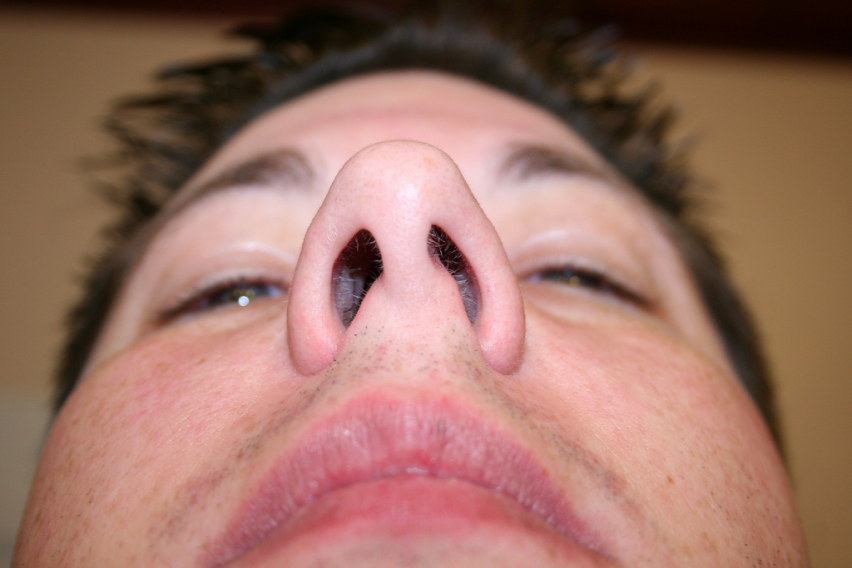For some, medications to help drain the sinuses and reduce swelling can take care of the problems. In other cases, surgery might be necessary.
The procedure is performed through the nostrils and involves repositioning, reshaping, or removing sections of the septum to correct its position. Septoplasty is usually an outpatient procedure. It may be performed with general or local anesthesia.
Following surgery, the nasal passages are packed with gauze and medication to collect drainage and prevent infection. A rhinoplasty, an elective surgery to reshape the nose, may be performed at the same time as a septoplasty.



